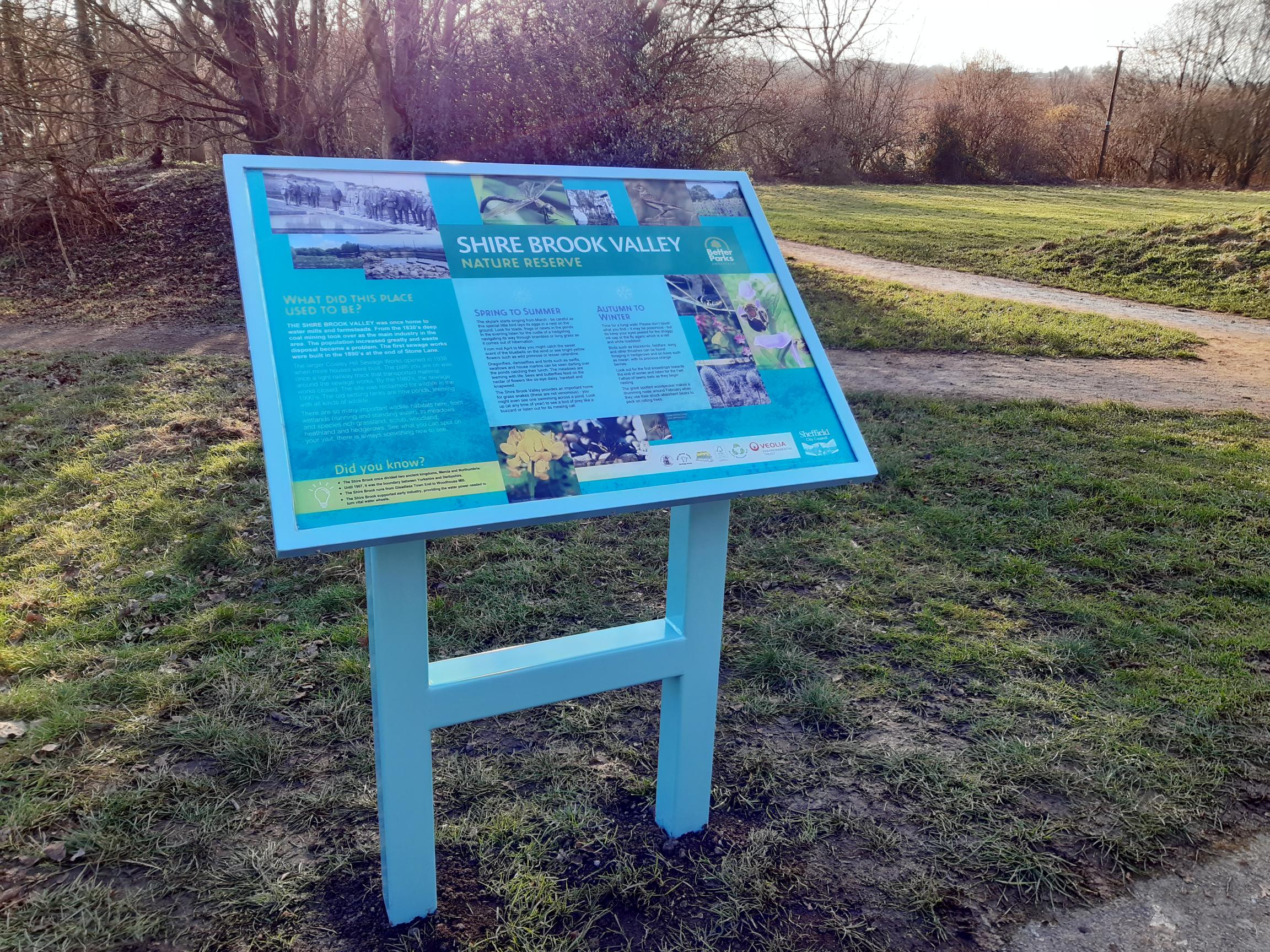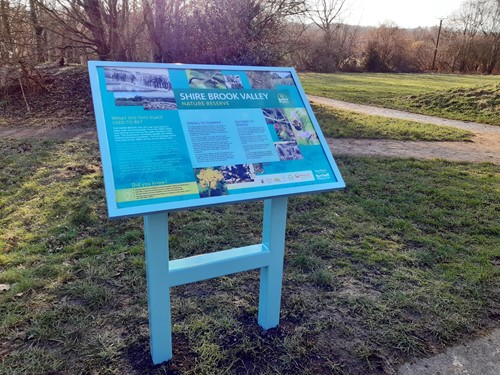Sheffield species set to thrive thanks to new funding
Funding has been secured to enhance natural habitats in the South-East of Sheffield, around the Shire Brook Valley Nature Reserve, to help important wildlife species to thrive.
The project will improve green and blue spaces – such as woodland, meadows, heathland, ponds, rivers and streams – helping to tackle nature and climate emergencies.
Mammals like harvest mice, bats and hedgehogs; reptiles, amphibians and birds including barn owls, skylarks, swifts and kingfishers, will benefit from enhancement to their habitats, thanks to the funding.
The Department for Environment, Food and Rural Affairs (Defra) and The National Lottery Heritage Fund have today (Friday 15th March) announced grants of up to £3 million pounds will be awarded for habitat creation and restoration projects across England, to run over the next two years.
The Species Survival Fund has been launched to help halt and reverse the decline in species abundance by preserving vital habitats through a select number of projects around the country.
Sheffield City Council are to lead one of the successful projects, in partnership with Sheffield Hallam University, Sheffield and Rotherham Wildlife Trust, Woodhouse and District Community Forum and the South Yorkshire Sustainability Centre. The project will begin in April 2024.


The grant of more than £1 million will be used to improve natural ecosystems in Shire Brook Valley Nature Reserve and neighbouring sites, covering over 400 acres. Habitat improvements are proposed for Shire Brook Valley, Beighton Marsh, Woodhouse Washlands, Wickfield Heath and Plantation, Richmond Park, Silkstone Ravine.
Councillor Richard Williams, Chair of the Communities, Parks and Leisure Committee at Sheffield City Council, said:
“I am delighted we have been one of 20 projects to successfully receive funding to support our local wildlife and native Sheffield species.
“This funding will allow us to work with a committed group of organisations to protect and enhance this ecologically diverse landscape. The project will also create new jobs, an apprentice role, volunteering opportunities and an activities programme for local people.”
As part of the project, #Species Stacking the Shire Brook Valley, work will be carried out on a former mill pond to improve the habitat for birds, bats and aquatic species.
The installation of 35 leaky dams will provide water storage, slowing water flow during times of flood. These water storage features will also provide a valuable resource during times of drought for local wildlife and will help to create more wet woodland and willow carr, which is a significantly important habitat.
The creation and management of areas of meadow, through grazing, will benefit species of flora such as orchids, fungi including waxcaps, and invertebrates like dragonflies.
Richard Pearson, local conservation volunteer, said:
“Having been involved in volunteering in the Shire Brook Valley for a number of years, it is pleasing to see that the efforts of numerous people in transforming the valley has resulted in a successful funding bid.
“This will enable the diverse range of habitats in the area to be enhanced for the benefit of both wildlife and people.
“Whilst doing the conservation work is rewarding in itself, it is seeing other people enjoying and engaging with nature that is most satisfying. This funding bid will allow more people to get involved in improving their local environment and allow it to remain a haven of tranquillity in an ever-changing world.”
A family trail will be installed to enable children to explore nature, alongside a programme of activities and opportunities for people to get involved. Films will be produced by Sheffield Hallam University to showcase wildlife that can be found in the area.
The project aims to provide much better understanding of the ecology of the area and how it should be protected.
Marta Alfaro Tirado, Nature Recovery Manager (South) at Sheffield & Rotherham Wildlife Trust, said:
“Woodhouse Washlands is home to a variety of wonderful species, such as the very cute looking harvest mouse, as well as the threatened great crested newt.
“The Species Survival Fund will allow Sheffield & Rotherham Wildlife Trust to carry out work in this nature reserve to preserve the habitats where these fantastic species and many others can thrive.”
The project has also been supported by funding from partners and other organisation, totalling almost £400,000. These include The Environment Agency, Yorkshire Water, National Grid, Friends of Richmond Park and the South Yorkshire Badger Group.
Damian Spurr, National Grid Senior Project Manager, said:
“The National Grid Sheffield Cable project is delighted to be a major funder of the Shire Brook Valley species survival project.
“Working closely with Sheffield City Council and other partners on this project will deliver an increase in environmental value, support species survival and resilience and will also be a great long-lasting benefit for the people of Sheffield.”
*This project is funded by the Government's Species Survival Fund. The fund was developed by Defra and its Arm's-Length Bodies. It is being delivered by The National Lottery Heritage Fund in partnership with Natural England and the Environment Agency.
The full list of awards is here: Over £25million awarded to projects creating and restoring natural habitats in England | The National Lottery Heritage Fund